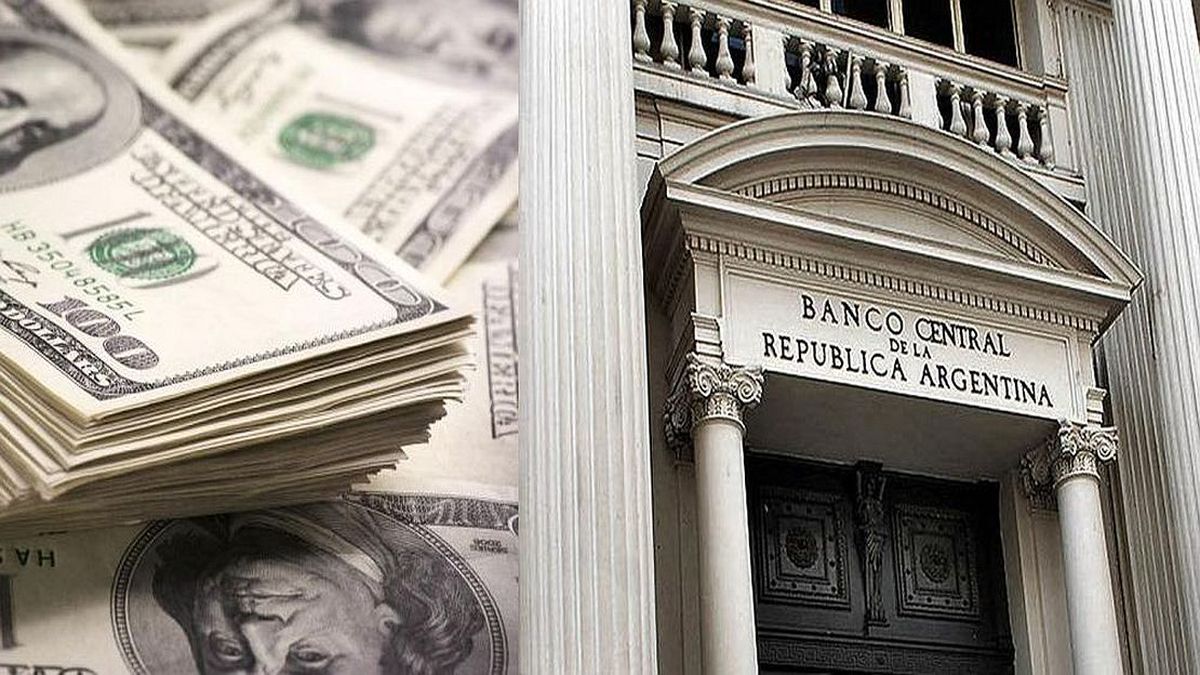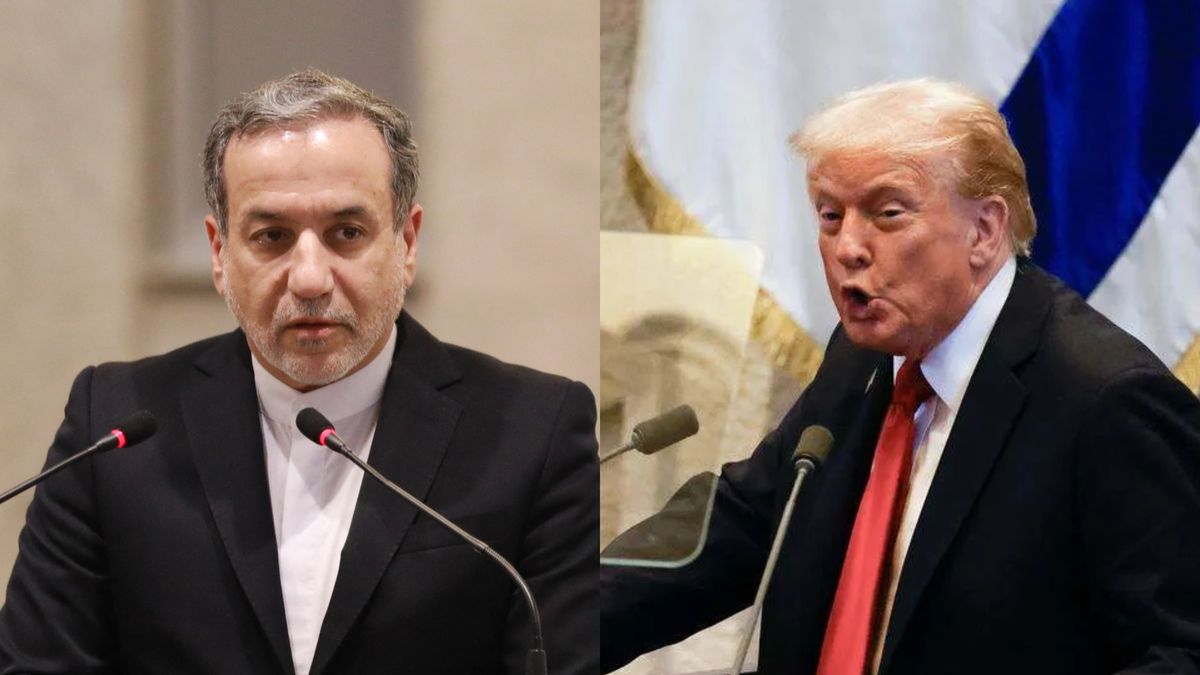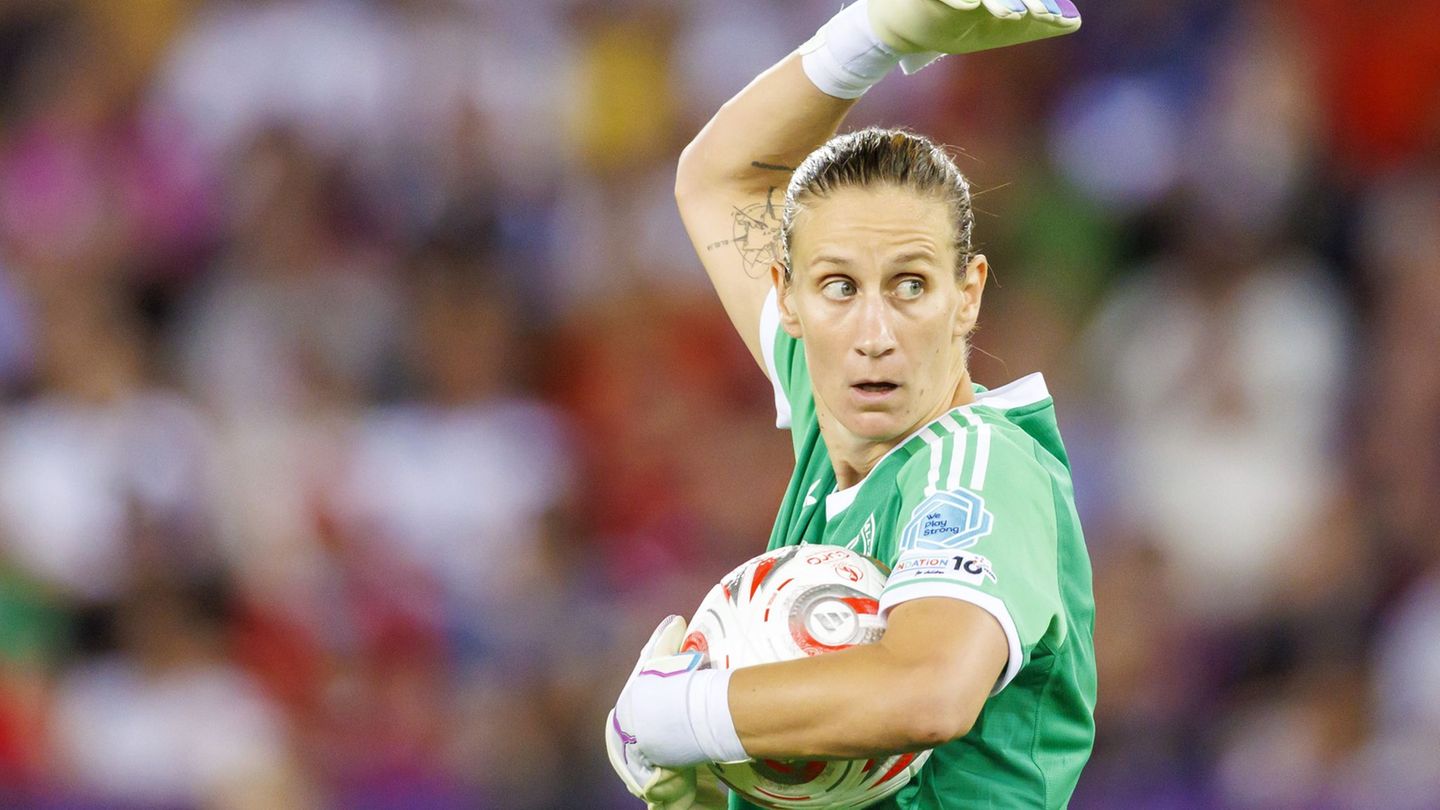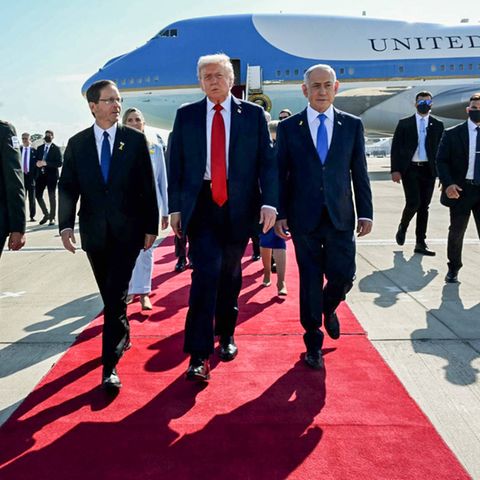It is obvious that the ideal solution is to increase exports. However, the levels of uncertainty make it unfeasible to coordinate an expansionary exit from the crisis. Imports must be reduced. This is achieved through a contraction in the level of activity, ideally without putting pressure on the rate of inflation. It’s possible?
The table shows that write-downs are the most common way to generate this type of adjustment, although today it is not the best option due to its inevitable effect on prices. With these levels and persistence of inflation, the transfer to prices of a devaluation would be high and very fast, evaporating the gains associated with the devaluation.
image.png
Own elaboration based on IIEP-BAIRES databases.
Are there recessions not associated with a devaluation?
In red is the answer. Based on recent history, reflected in the table above, there are 3 instruments that are not necessarily mutually exclusive: income policy, monetary and fiscal policy, and trade control.
Income policy: in 1959, outside the table due to lack of quarterly data without seasonality, there was a wage freeze that caused a quarterly drop in GDP of 9%. This was implemented through a nominal wage freeze. Today that solution does not seem easily implementable.
However, fixed-sum parities can contribute in this direction. With the salary adjustments of Mar-22 there was a jump in the salary gap of the first registered quartile with respect to the rest of the wage earners, registered and unregistered. The fixed sums would make it possible to lower average salaries, reduce the dispersion of the salary pyramid; without affecting the low quartiles and unregistered wage earners so much.
Monetary and fiscal policy:
In 1977 a profound financial reform was carried out. By denationalizing deposits and deregulating the market, there was a sharp rise in rates along with an increase in intermediation, combined with a tough fiscal policy. Today this seems impossible. However, tighter control of lending rates and private M2 is conceivable.
Today the BCRA focuses on the control of private transactional M2, which excludes remunerated checking accounts. By raising rates uniformly, private M2 increases; pressing on stock dollars. Lowering the pass to 1 day and raising the overdraft, through the segmentation of the credit market, would provide the BCRA with 2 additional instruments: liquefies the aggregates by stepping on the pass and cut short-term financing by raising the lending rate.
Trade Policy:
In 2011, together with capital controls, advance sworn declarations (DJAIs) were implemented. This caused a drop in imports of 18% accumulated in 3 consecutive quarters. These types of measures are a possibility to achieve the necessary adjustment, although it requires other seasonings. What happened in July, with the BCRA sitting on imports and the gap flying, suggests that trade control in isolation and of a transitory nature is ineffective and inflationary. In 2011-2 the fiscal deficit averaged 0.5% of GDP. The house was in order. Trade policy must be supported, at least, with fiscal prudence.
On the other hand, the DJAIs can be complemented with non-automatic licenses (LNAs): while the former affect all imports, the LNAs are more focused. The number of LNAs fell from 1,600 positions in 2015 to 1,200 in 2019. Although increasing this type of regulation is prohibited in the agreement with the IMF, perhaps a relaxation could be negotiated. Finally, unlike the controls of the SIMI system, which contain inertia and look like a transitory measure since they are linked to 2020/1, the DJAIs imply an autonomous and permanent control of the trade.
A tougher fiscal and monetary policy would prevent the gap from widening, tempering the inflationary effects of the adjustment induced by import controls. The mistake so far is to move in isolation, which increases the chances of a devaluation. As the DJAI/LNAs would affect the supply of goods, there could be pressure on prices, which could be contained by the stability of the gap.
If we continue betting on getting out of here without a controlled recession, we run the risk of ending up in a regime of high inflation with recession. Monetary, fiscal, income, and commercial policy must operate together to minimize the chances of a devaluation and achieve a recession that is as low as inflationary as possible.
Assistant Professor at Carlos III University, Madrid. IIEP-BAIRES researcher. Visiting Professor at UdeSA.
Source: Ambito




